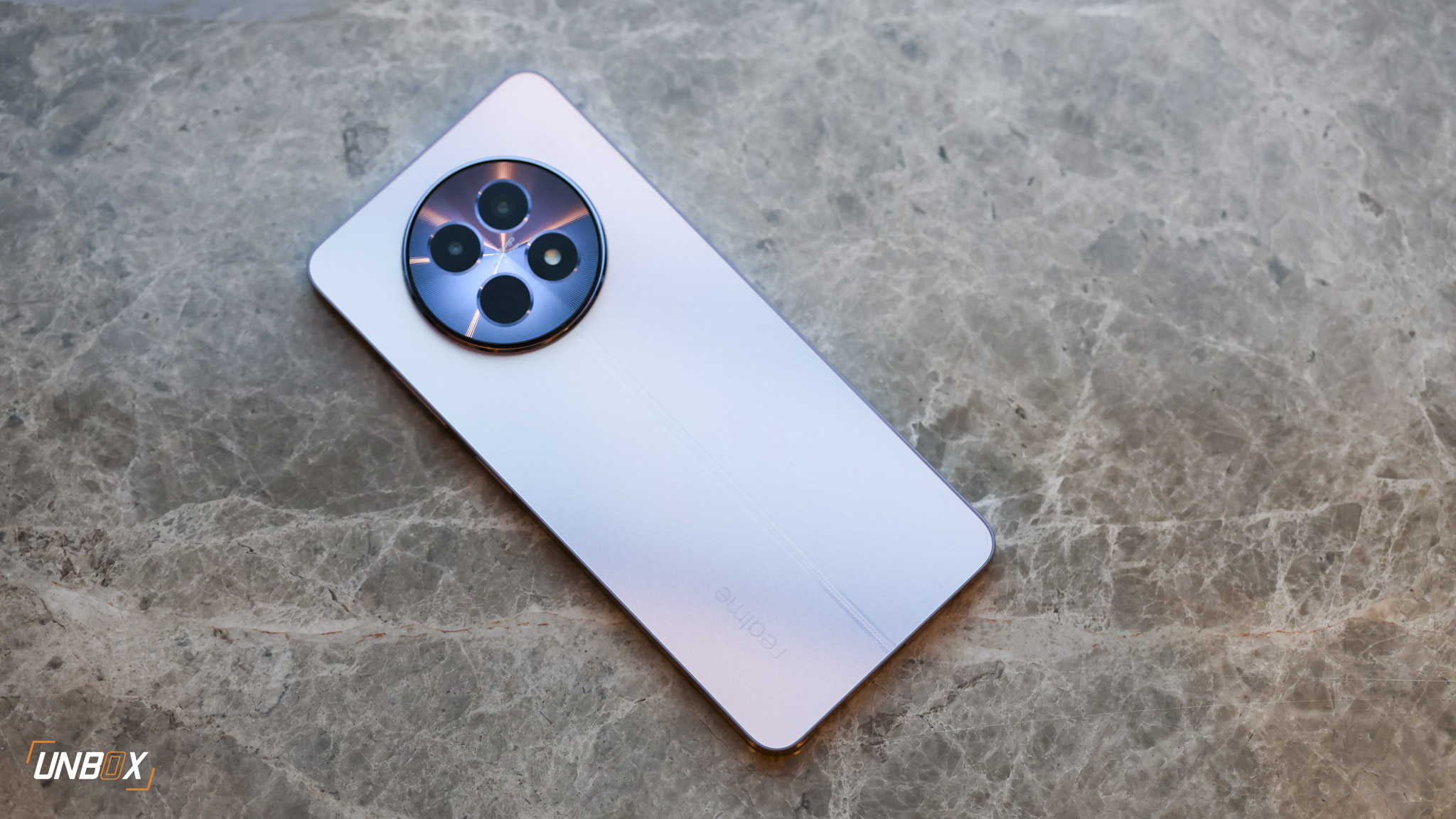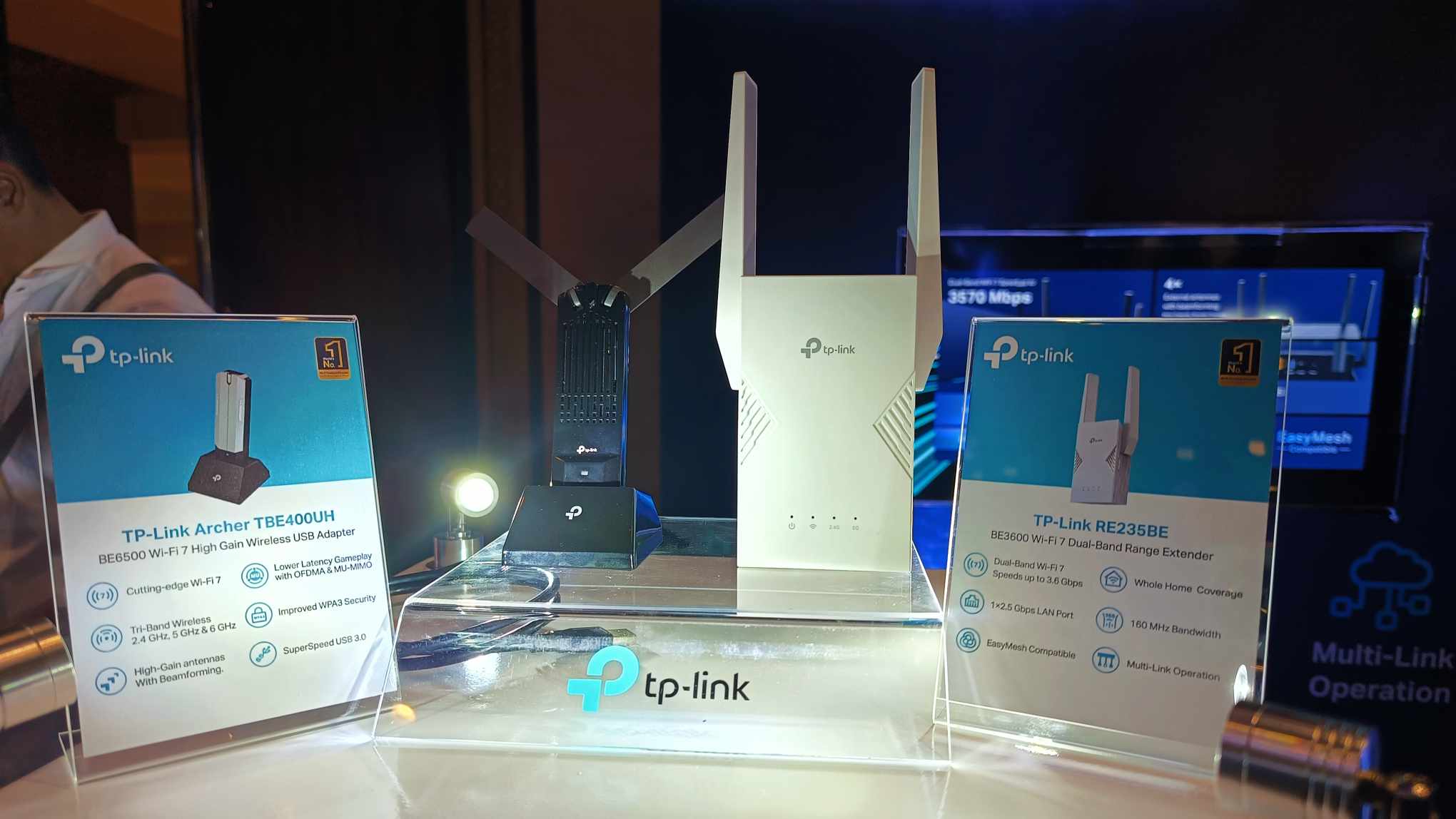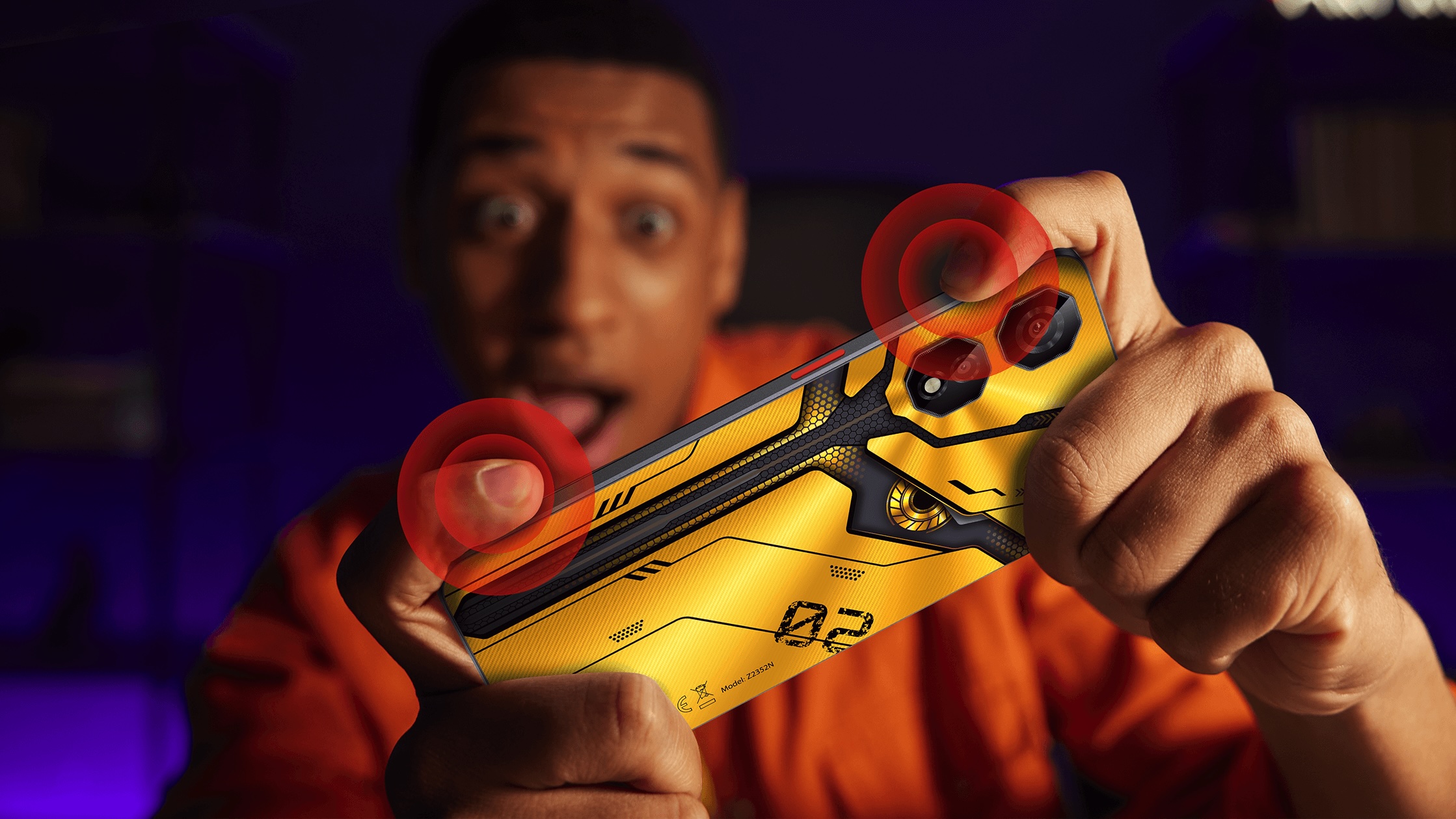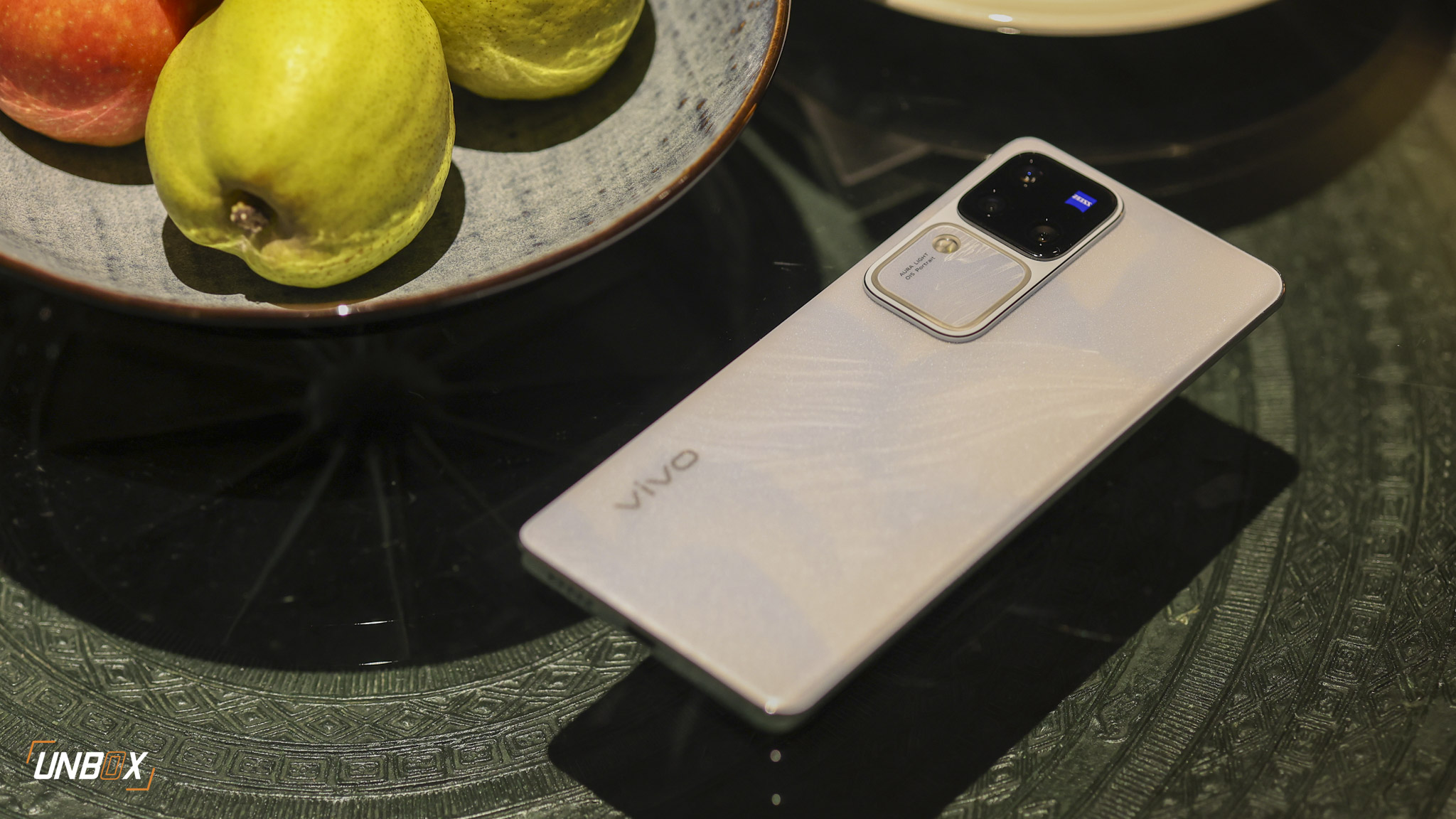How does Samsung’s new hotness compare to Huawei’s dual-Leica shooting flagship?
Today, Samsung has unveiled their new flagship, the Galaxy S8, to the world. We’ve already given you our take on the phone’s features, specs and that awesome, gigantic display in our initial review here, but many of you are probably thinking how the flagship stacks up to other phones in the market today, specifically Huawei’s new flagship, the P10. Here we go!

Samsung Galaxy S8
- Samsung Exynos 8895 octa-core processor or Qualcomm Snapdragon 835 octa-core processor
- ARM Mali-G71 MP20 GPU or Qualcomm Adreno 540 GPU
- 4GB RAM
- 5.8-inch WQHD Super AMOLED display, 2960 x 1440 resolution, dual curved edge
- 64GB expandable storage, via microSD
- 12-megapixel rear camera, f/1.7 aperture, Dual Pixel, OIS
- 8-megapixel front camera, f/1.7 aperture, AF
- Fingerprint scanner, iris scanner, facial recognition, heartbeat sensor, IP68 certification, USB Type-C port, Bixby AI
- 3000mAh battery, fast charge
- Android 7.0 Nougat (TouchWiz UI)
Read: Samsung Galaxy S8 and S8+ Initial Review: Samsung’s Back

Huawei P10
- HiSilicon Kirin 960 octa-core processor
- ARM Mali-G71 MP8 GPU
- 4GB RAM
- 5.1-inch FHD IPS display, 1920 x 1080 resolution, 2.5D curved glass, Corning Gorilla Glass 5
- 64GB expandable storage, via microSD
- Dual Leica rear cameras, 12-megapixel color sensor, 20-megapixel monochrome sensor, f/2.2 aperture, OIS, 4-in-1 Hybrid AF
- 8-megapixel Leica front camera, f/1.9 aperture, AF
- Fingerprint scanner, USB Type-C port
- 3200mAh battery, Huawei SuperCharge
- Android 7.0 Nougat (EMUI 5.1)
Read: Huawei P10 Initial Review: The Dual-camera Refined

Samsung’s display is much bigger while having the same physical footprint as the P10
There’s nothing quite like the display on the Samsung’s new flagship. Its 5.8-inch, Super AMOLED curved display at WQHD resolution (Wide QHD) looks amazing. Despite the S8’s humongous screen size, the phone’s dimensions are roughly the same as the P10’s. While we won’t deny the superb quality of the P10’s 5.1-inch full HD IPS panel, it pales in comparison to the gorgeous Super AMOLED screen of the S8.

For frame design, both phones have metal and glass bodies, though, the P10 might be a better choice for the eternally clumsy since it doesn’t have curved sides, unlike the S8.

Faster doesn’t always mean better
Looking at the hardware specs, it looks like the Galaxy S8 wins, on paper at least. The 10nm process used to produce the Exynos 8895 (or Snapdragon 835, depending on region) that beats inside the Galaxy S8 comes with plenty of upgrades and new features and should make the device the fastest Android phone in the block.
The thing is, though, faster doesn’t necessarily mean better – it all boils down to software and hardware integration. We’ve yet to see Exynos 8895 in action through day-to-day use, and while Samsung assures us that the 10nm process makes the phone more power efficient than last year’s offering, we’re still a little skeptical considering the phone has a gigantic 5.8-inch display and only a 3000mAh battery.

On the other hand, Huawei’s P10 has a smaller, but more energy-efficient 5.1-inch IPS panel and a larger 3200mAh power pack. If the Mate 9’s performance (which has the exact same processor) is any indication, then the P10 should last you more than a day with a single charge.

Camera is a toss up and your mileage may vary
Despite their competitors coming out with dual-camera phones, Samsung’s Galaxy S8 still uses a single rear camera unit. It’s not a new sensor – the 12-megapixel, Dual Pixel equipped, f/1.7 aperture camera is the same one used in the Galaxy Note 7 and the S7 Edge.

While Samsung’s rear snapper is formidable, and still one of the best single rear cameras in the market today, the P10 is also packing some serious heat with its dual-Leica optics setup. We’ll leave it up to the photography specialists to break this tie up.

Samsung brings the innovation through the S8’s features
Innovation has always been Samsung’s forte, and the S8 doesn’t disappoint when it comes to the bling-bling. The S8 has all the (practical) scanners and sensors you’ll ever need out of a smartphone – fingerprint, iris, face, heart. All these biometric security features make Samsung’s new flagship a tough nut to crack. Coupled with IP68 water and dust protection, and you have one phone with sturdy hardware and software protection.
A welcome feature in the S8 is Samsung’s new AI assistant, Bixby, who will be competing for usefulness and relevance with the likes of Apple’s Siri, Microsoft’s Cortana and the plainly dubbed Google Assistant.
Huawei’s feature focus for the P10 is obviously its dual Leica camera setup, which is a upgraded version of the earlier P9’s hardware. All the eggs in that basket, it seems.

The Galaxy S8 has a titanic price tag
So this is where Samsung will try to recoup its losses from the Note 7 fiasco – the Galaxy S8’s price. The new flagship is expected to be pegged at around Php 39K, with its larger S8+ sibling priced at a whopping Php 46K. Samsung is treading iPhone 7/7+ territory with the S8.
That’s 11K more compared to the Huawei P10’s estimated SRP at Php 28K. Given the huge price disparity between the two, prospective buyers better do their homework first before investing into the smartphone of their choice. “What do you want?”



































































